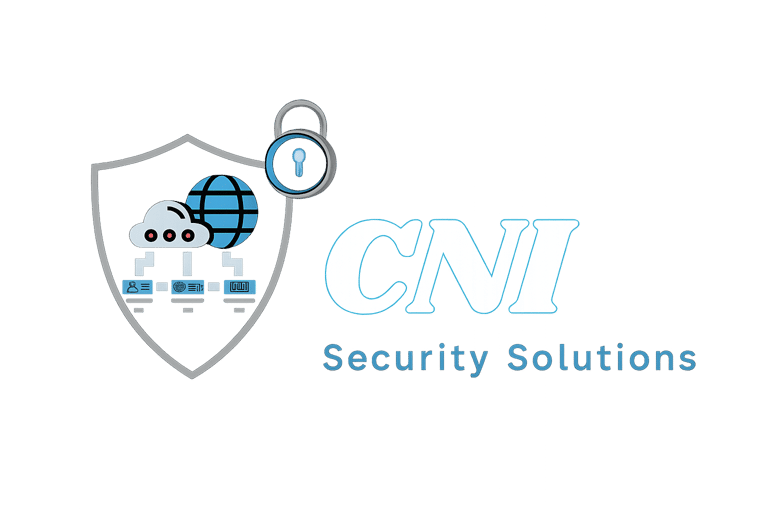Why SMEs Struggle with Cybersecurity — And How to Fix It
Many SMEs struggle with cybersecurity due to limited resources, unclear responsibilities, and evolving threats. Here’s what business owners need to know - and practical steps to improve resilience.
10/26/20252 min read


Why SMEs Struggle with Cybersecurity — And How to Fix It
Small and medium-sized businesses face the same cyber threats as large organisations, but rarely with the same level of resource, expertise, or clarity. The result is predictable: gaps, uncertainty, and reactive firefighting.
Here’s why SMEs commonly struggle — and how to turn things around with simple, practical steps.
1. Cybersecurity is no one’s full-time job
Most SMEs don’t have dedicated security staff. IT teams or outsourced providers often carry the responsibility by default — but that doesn’t mean security is being actively managed.
Fix: Assign clear responsibility.
This doesn’t need to be a new hire. A named internal lead supported by a vCISO service can provide structure, oversight, and direction.
2. Security feels overly technical
Many business owners feel cyber is a black box — full of jargon, tools, and changing threats. This leads to hesitation or avoidance, often until an incident forces urgent action.
Fix: Start with risk, not tools.
Understanding what you’re protecting — and from whom — makes decisions clearer and more grounded.
3. Legacy systems stay in place “because they still work”
Unsupported operating systems, forgotten user accounts, and unpatched software are common in SMEs. Not because of neglect — but because day-to-day operations take priority.
Fix: Implement basic hygiene.
Patch management, MFA, asset lists, backup checks, and periodic reviews go a long way.
4. Security responsibilities with IT providers aren’t always clear
Managed IT service providers (MSPs) often assume they handle “security” — and SMEs assume the same. In reality, their responsibility typically focuses on availability and support, not security governance.
Fix: Clarify roles.
Set expectations on updates, monitoring, logging, incident response, and configuration hardening.
5. Budget and time are real constraints
Most SMEs cannot afford enterprise-scale tools, teams, or audits. That doesn’t mean robust security is out of reach.
Fix: Focus on essentials first.
Cyber Essentials is a good baseline, but pairing it with tailored improvements provides the most value.
Final Thoughts
Cybersecurity doesn’t need to be overwhelming. With structure, clarity, and the right support, SMEs can build strong, sustainable resilience without unnecessary complexity.
If you’d like a straightforward conversation about where to start, we’re always happy to help.


